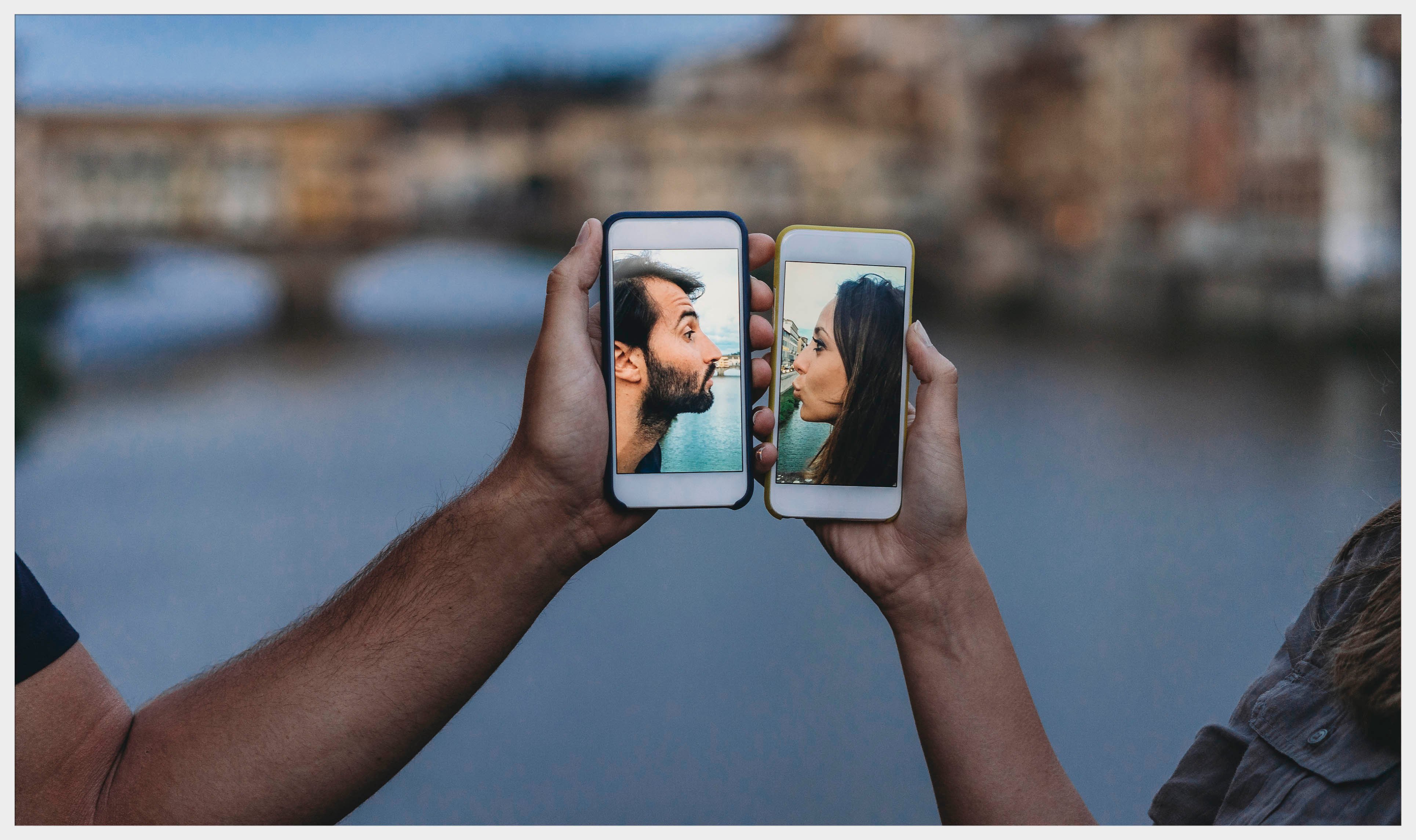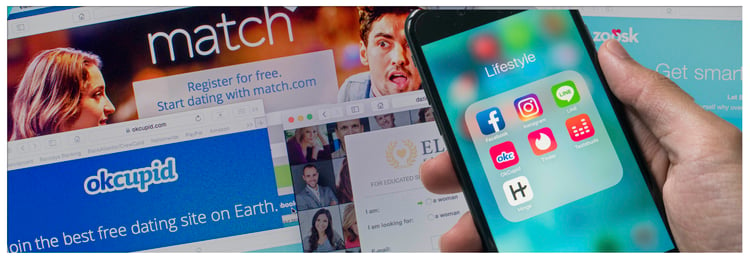
Today we continue our journey down the rabbit hole of the mobile economy. In this post, we're looking at how mobile has changed one of the most significant sectors of personal life for better or worse—the dating world.
When it comes to affecting the way we live our lives, there's nothing the mobile industry has had a more prominent effect on than dating. Unlike more trivial (but relevant) categories like shopping, dating weaves together our society and our personal lives in ways they do not. How we date forms part of the fabric of society.
It conditions the way we interact with one another. It influences how we build our most meaningful relationships. It leads on a path toward the person we will marry and eventually can make a precedent for how we will likely raise children and pass on values in our world. So yeah, we'd say mobile's effect on dating is probably the weightiest of all. Let's look at just how.

Tinder Ignites a New World for Dating
When Tinder first hit the scene in 2013, it wasn't like online dating wasn't already a thing. We'd already had the old guy with white hair and glasses tell us we could find our match on eHarmony, or that our future spouse was waiting for us on Match.com. Dating sites, while still a little hokey, were becoming more of the norm.
Then, the first-ever dating apps hit the scene in the form of Grindr and Scruff. These apps created as a way for the gay community to safely meet their peers in an environment that was non-threatening, especially across the globe. From these platforms, Tinder was inspired, landing in the lap of a generation that was already social media hooked and smartphone crazy. It only made sense to meet your partner on your phone. You were doing just about everything else on it, too.
Tinder's functionality was simple. By setting your location, it would gather a pool of other singles in your area and present them to you. Then, all you had to do was swipe right if you wanted to connect with someone, or swipe left and move on to the next person. When the same two people had both swiped right on each other's profile, they would be allowed to message back and forth.
That's all there was to it. Really... Pretty simple, right? Well, that simple little app completely reshaped the dating world as we know it. In just a few years, Tinder was logging more than 70 billion swipes a day. People would scroll through profiles like they did Facebook or Instagram, mindlessly swiping as they sat in a group, waited on the train, or in line for coffee.
Some lauded the invention, explaining that they had met partners they wouldn't have otherwise. Their new partner possibly lived one town over or spent time in places that they didn't ever frequent. Others said it made the dating field transactional and less organic. But regardless, every single you knew seemed to be on Tinder.
One of the greatest and more serious complaints about the app came from women. There were more than a few female customers who received several unseemly messages and photographs in their inbox. The flaw in the matching system couldn't account for creepiness. Through Tinder, women were being subjected to lewd comments and pictures without any control.
Bumble Creates it’s Own Buzz
Combine women's lack of control with the fact that the app began to get a reputation as more of a hookup platform, and you have the invention of Bumble. Bumble was created by one of the founders of Tinder, who was herself a lady, as a way to give women more power within the dating relationship (and protect themselves from potential creepiness). Despite the lack of mention on their About Us page, Bumble intended as an alternative outlet for people looking for more mature or serious relationships, versus a one-night stand.
The concept behind Bumble is simple—women are the ones to make the first move. A conversation can't start unless a woman initiates it first. From there, matches can go on to chat or meet up in person if they so choose. The stipulation puts a little more power in the woman's pocket, especially when it comes to dating, where they traditionally aren't expected to act first.
Like Tinder, Bumble is a location-based service that allows you to link up with singles in your area. But with this comes a problem. While it is convenient, finding someone based merely on location doesn't make for much natural commonality. If this is the case, does your type become based on whoever is in your area? Also, if the only thing digitally connecting two people is location, there is little accountability for brash comments, often produced by the anonymity of the internet?
Users of both Tinder and Bumble have experienced types of behavior that are rarely present in real-world interactions and connections. After all, if you go on a date with your roommate's cousin, there's a lot more incentive to act like a well-mannered human being. There is a level of accountability and lack of anonymity that can't be reproduced by apps like Tinder or Bumble, which is precisely why Hinge was born
.
Hinge Comes in Swinging
Hinge was created as a response to the casual end of the spectrum that the entire dating world seemed to become. eHarmony and Match.com didn't have a market share of the app-dating world, so the founders of Hinge met a need that wasn't being met by apps like Tinder or Bumble. To use their words, it's the dating app for people who hate dating apps.
Instead of flicking left or right, Hinge got rid of the swipe feature altogether. Instead, they use a formula that's a lot more similar to that of Instagram. Users can upload a few photographs of themselves, and answer questions on their profile about likes, beliefs and interests. Based on that information, the apps algorithm will pull potential matches into a scrollable feed and present it to you. From there you can like photos, comment on profile answers, and more. Once you do, Hinge will send a notification to the user, who can then choose whether or not to engage with you.
What do you think about how the mobile economy has changed the dating world? Is dating now a volume-focused, flaky, crude undertaking of swiping right to left? Or is evolving with the times of a generation, and making finding a potential partner more accessible? Tell us how you think the mobile economy has changed the dating world as a whole in the comments below!


